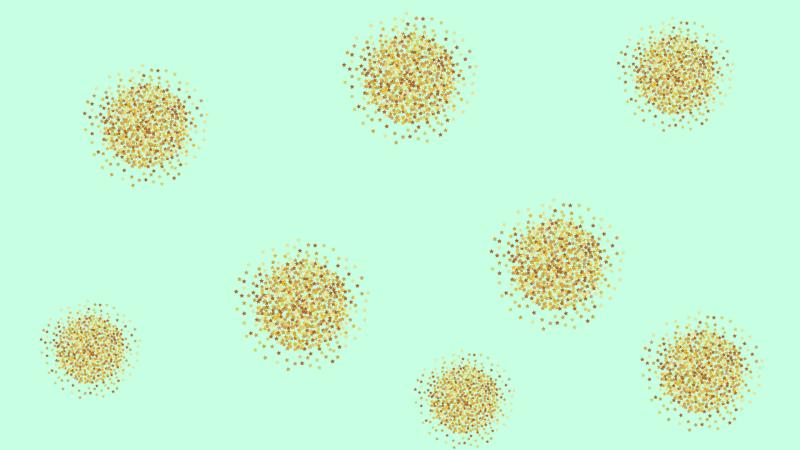
In a new study, researchers at the Indian Institute of Technology Bombay, have designed a biosensor using gold nanoparticles that can identify the presence of a protein called alpha-synuclein. The newly developed biosensor uses optical fibres to identify these proteins even in very low concentrations and can do so in just 15 minutes of time.
Alpha-synuclein is a protein found in our brain and is associated with the neurons that control our body movement. Studies indicate that abnormal deposition and aggregation of these into its amyloid fibrils, which are insoluble protein fibres, can cause neurodegenerative conditions like Parkinson’s disease. Hence, early, accurate and easy detection of alpha-synuclein amyloid fibrils is essential to prevent the progression of the disease.
A biosensor uses a biological component, like an enzyme, or a protein receptor, or an antibody that can selectively bind or react with the target molecule which is to be detected or estimated. In the newly developed fibre-optic biosensor, an optical fibre is used to transmit incident light from the source to the biological component and the emitted light is detected by a detector. In this study, published in the journal Sensors and Actuators B: Chemical, the researchers have developed a U-shaped biosensor that comprises of a layer of gold nanoparticles on which chitosan—a carbohydrate molecule—is attached. Chitosan can selectively bind with alpha-synuclein monomers and the fibrils.
The gold nanoparticles used in the study contain free electrons that oscillate and form an electron wave on interacting with incident light. When the frequency of electron wave oscillation matches with the frequency of the incident light radiation, specific wavelength from the incident light is absorbed by the metal, which is recorded. When alpha-synuclein molecules bind with chitosan molecules, the resonant frequency and the wavelength of the absorbed light changes, thus enabling their detection.
Although both the monomer and the fibril bind with chitosan, their resonant frequency, the corresponding wavelength of absorption and the amount of absorption are different. Further, the study shows that the rate of binding of the monomer is faster than that of the fibril. When the researchers plotted the amount of light absorbed against time, they saw a sharp rise for the monomer, indicating that the monomer binds with chitosan quickly. When they plotted the same graph for the fibril, they observed a gradual increase, which made it evident that the fibril binds slowly with chitosan. Thus, the difference in the amount of light absorbed and the rate of absorption helps to tell the two apart. The biosensor also works even when the concentration of the protein is as low as 70 nM.
This study can help in the detection and diagnosis of neurodegenerative diseases, thereby, aid in improving the quality of life for the many who are suffering from such conditions.






